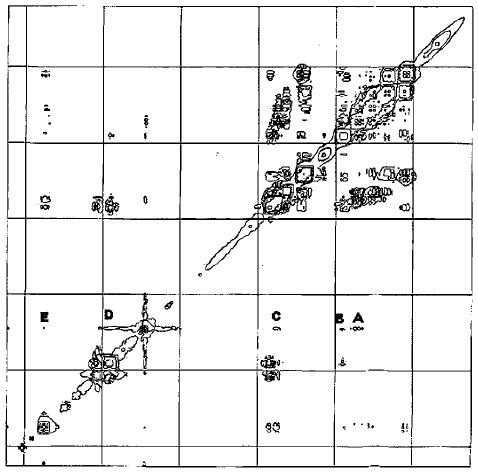-
Comparative Infra-Red, Raman, and Natural Bond Orbital Analyses of King's Sultam
H. Hagemann, M. Dulak, C. Chapuis, T.A. Wesolowski and J. Jurczak
Helvetica Chimica Acta, 87 (7) (2004), p1748-1766


DOI:10.1002/hlca.200490158 | unige:3520 | Abstract | Article PDF

By means of 1H-NOESY- and Raman-spectroscopic analyses, we experimentally demonstrated the presence of the equatorial N — Me conformer of King's sultam 4b in solution, resulting from a rapid equilibrium. As a consequence, the value of the N lone-pair anomeric stabilization should be revised to 1.5-1.6 kcal/mol. Independently from the N tilting, natural bond orbital (NBO)-comparative analyses suggest that the S d* orbitals do not appear as primordial and stereospecific acceptors for the N lone pair. Second, the five-membered-ring sultams do not seem to be particularly well-stabilized by the S — C σ* orbital in the N-substituted pseudo-axial conformation, as opposed to an idealized anti-periplanar situation for the six-membered-ring analogues. In this latter case, the other anti-periplanar C — C σ* and C(1') — H/C(2') σ*orbitals are as important, if not more, when compared to the S — C σ* participation. In the pseudo-equatorial conformation, γ-sultams particularly benefit from the N lone-pair hyperconjugation with the anti-periplanar S — O1 σ* and C(2) — H/C or C(1') — H/C σ* orbitals. This is also the case for δ-sultams when the steric requirement of the N-substituent exceeds 1.6 kcal/mol. When both axial and equatorial conformations are sterically too exacting, the N-atom is prone to sp2 hybridization or/and conformational changes (i.e., 12c). In that case also, the mode of stereoelectronic stabilization differs from γ- to δ-sultams.